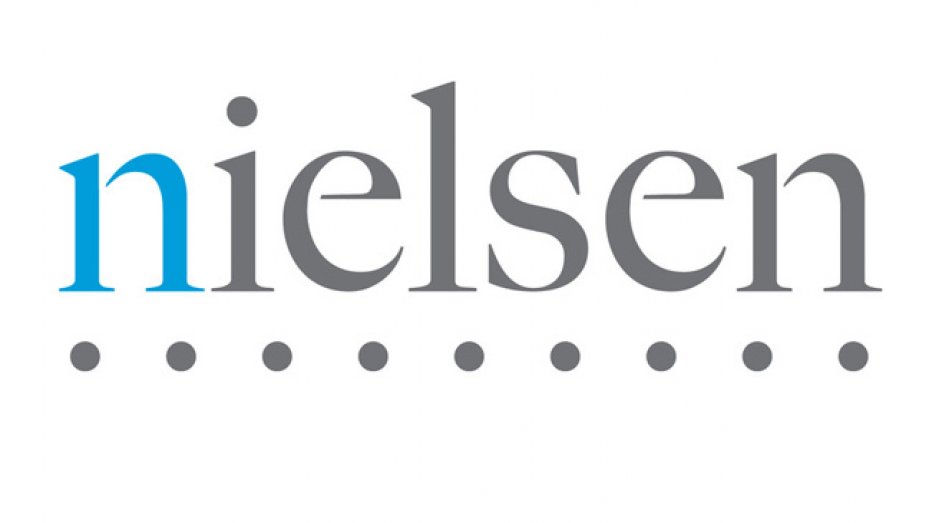
This post was originally published by Nielsen.
As eCommerce engagement continues to grow globally, it’s increasingly becoming engrained in how we shop for every day items.
In fact, a Nielsen study shows that 25% of global grocery shoppers are already ordering online for delivery to home, and another 55% would be willing to use a similar option. The digital marketplace is a natural fit for the baby care industry – as eCommerce retailers are able to compete on price and convenience due to reduced capital investment in physical infrastructure and, in some cases, the elimination of links in the supply chain.
And perhaps most importantly, it offers a compelling proposition for busy parents: the convenience of shopping whenever, wherever they desire, often with free delivery to their front door. That’s less time spent hauling baby bags, setting up strollers and pulling cereal out of car seats.
What kinds of baby care products are consumers buying online? According to Nielsen’s baby care report, global respondents are most likely to have bought baby toys (38%) and clothes (34%). From there, stated purchasing for other products drop quickly, as just 23% of global consumers say they’ve bought diapers online and 17% say they’ve bought baby food.
Regionally, Asia-Pacific leads the way in self-reported online purchasing, especially for diapers and baby food. Thirty-one percent of respondents in this region say they’ve bought diapers online, and one-quarter has bought baby food.
Within Asia, Hong Kong and Korea lead the way in online purchasing. Respondents in this region aren’t only open to purchasing products online, they’re actively gathering information about baby care products digitally as well.
Though only a small proportion of global respondents learn about diaper brands through online channels, use is highest in Asia-Pacific. Nearly one-quarter of respondents in this region (24%) say they learn about diapers on parenting websites, compared with 19% globally.
Asia-Pacific also exceeds the global average in use of brand/manufacturer websites and emails (20% in the region vs. 15% worldwide), baby blogs (19% vs. 17%), online ads (17% vs. 14%), social media (17% vs. 14%) and store website/app and emails (14% vs. 11%). Within the region, the use of social media is particularly high in Southeast Asia and India.

eCommerce retail sales show impressive year-over-year growth in China. Between 2013 and 2014, online infant formula sales rose 32%, baby food grew 44% and diapers grew 60%. In Europe, online baby food sales rose 43%, fueled by strong growth in France.
A few factors have driven eCommerce’s strength in Asia. Infrastructure improvements and increased smartphone and Internet penetration have brought more potential shoppers online, particularly in rural regions. Also, product assortment online is much broader than in traditional channels.
“eCommerce has been a key catalyst for consumption growth in China,” said Liz Buchanan, director, Global Professional Services, Nielsen. “In many rural areas, even small format stores are rare. The Internet has given these consumers access to a new world of goods that weren’t previously available, without even leaving their home.”
In addition, rapid urbanization and high population density have made home delivery models economically viable, and some retailers provide flexible payment options, allowing consumers concerned about security or without a bank account/credit card the option to pay with cash on delivery.
Other findings from the baby food and diaper report include:
- Forty-nine percent of baby food value sales come from Asia-Pacific, 27% from Europe and 19% from North America.
- Forty-four percent of global respondents say they learned about baby food from loved ones, and 38% say that recommendations from friends and family had the most influence on their purchase decisions.
- Organic baby food value sales increased 26% over the past two years in 16 select markets, while non-organic products declined 6%.
- Skin protection and comfort are the most important diaper purchase considerations among global respondents.
For more detail and insight, download Nielsen’s Global Baby Care Report.
You might also be interested in downloading Profitero’s latest Amazon FastMovers report for the baby category, which ranks the best-selling baby brands on Amazon US and UK.


























